Law reform process
The process for each law reform project may differ according to the scope of the review, the range of people affected, the complexity of the laws under review, and the period of time allotted for the review. While the exact procedure needs to be tailored to suit each topic, we usually work within a particular framework when developing recommendations for reform.
Program of Work
We are required by our governing legislation to prepare and submit a proposed program of law reform to the Attorney-General for approval. A proposed program is subject to variation by the Attorney-General, before or after its approval, under that legislation.
The Commission has a protocol for developing proposed programs. The protocol outlines our process for identifying and selecting suitable law reform issues to include in a proposed program.
Terms of Reference
The Queensland Government identifies an area of law, either from the Commission's program of work or outside the program, that needs to be reviewed, improved or developed for various reasons including:
- community concern about a particular issue that needs to be addressed through the process of law reform
- recent events or legal cases have highlighted a deficiency with the law
- scientific or technological developments have made it necessary to update the law or create new laws.
The Attorney-General may then ask the QLRC to review an area of law the Attorney-General has identified as needing reform. This written request is called the Terms of Reference.
The Terms of Reference set out the subject matter of a review and define its goals. The first stage of a review for the QLRC is to examine the TOR and identify the scope of the review—what falls inside and outside its boundaries.
The Terms of Reference for each QLRC review are published on this website and at the beginning of every Consultation Document and Final Report, all of which are found in the Publications section.
Consultations
The QLRC conducts research and consultations with interested persons. Consultations may be with: government departments, courts, legal professionals, industry groups, non-government organisations, special interest groups, academics and other members of the community. Essentially, the QLRC seeks to consult with people who have interest, expertise or experience in the laws under review.
Consultation Documentation
A full list of the Commission’s Consultation Documentation is available on this website.
Submissions
The QLRC makes a formal call for submissions whenever it releases Consultation Documentation. Through the submissions it receives, the QLRC can gauge what people think about current laws, how they should be changed and can test its proposals for reform with stakeholders prior to finalising them.
Submissions can contain comments on matters raised in Consultation Documentation, or might discuss anything relevant to the topic under review. Anyone is welcome to make a submission.
The Commission prefers submissions to be made via our website. They can be on behalf of individuals or groups.
Naturally there are many different views advanced through submissions, and the evaluation of submissions is not like a ballot. The QLRC considers the opinions and arguments expressed in submissions together with other forms of consultation and in-depth research.
When writing a report, the QLRC selects quotes from submissions that represent different views and which illustrate the range of perspectives.
The QLRC publishes public submissions on its website as soon as practicable.
Find out more about how the QLRC uses and provides access to submissions.
Formulating recommendations
The recommendations in the Final Report describe the key reforms that the QLRC considers should be made either to laws or legal processes.
In formulating recommendations, the QLRC draws not only on submissions, but also face to face consultations, academic and industry research, national and international research and models, and its considerable experience in law reform.
During the process of formulating recommendations, the QLRC has regard to any policy aims expressed in the Terms of Reference and the principles for reform identified for each particular review, against which possible recommendations are assessed.
Coming to a final recommendation is, therefore, a process where many different inputs are balanced to achieve desirable policy outcomes.
Final Reports
Each review culminates in a Final Report, which must be delivered to the Attorney-General by the date specified in the Terms of Reference.
The Final Report makes specific recommendations for changes to the law or legal processes. It also describes in detail the QLRC’s research and explains how the QLRC has arrived at its recommendations for reform.
The QLRC also usually produces a Summary Report to accompany the Final Report. It provides an accessible reference to the final recommendations and the key elements of reform.
The Final Report is not made public until it is tabled in Parliament. After tabling, it is made publicly available.
QLRC Final Reports are available on this website.
Government response
The Attorney-General is required to table the Final Report in Parliament within 14 sitting days of receiving it, after which it can be made available to the public.
The Government decides whether to implement the recommendations, in whole or in part. There is no set time frame in which the Government is required to respond, and some reports are implemented several years after they have been completed. Implementation of QLRC recommendations is tracked and recorded each year in the QLRC’s Annual Report.
Information about the implementation of individual reports is available on the associated Review page, or on our Impact Page.
